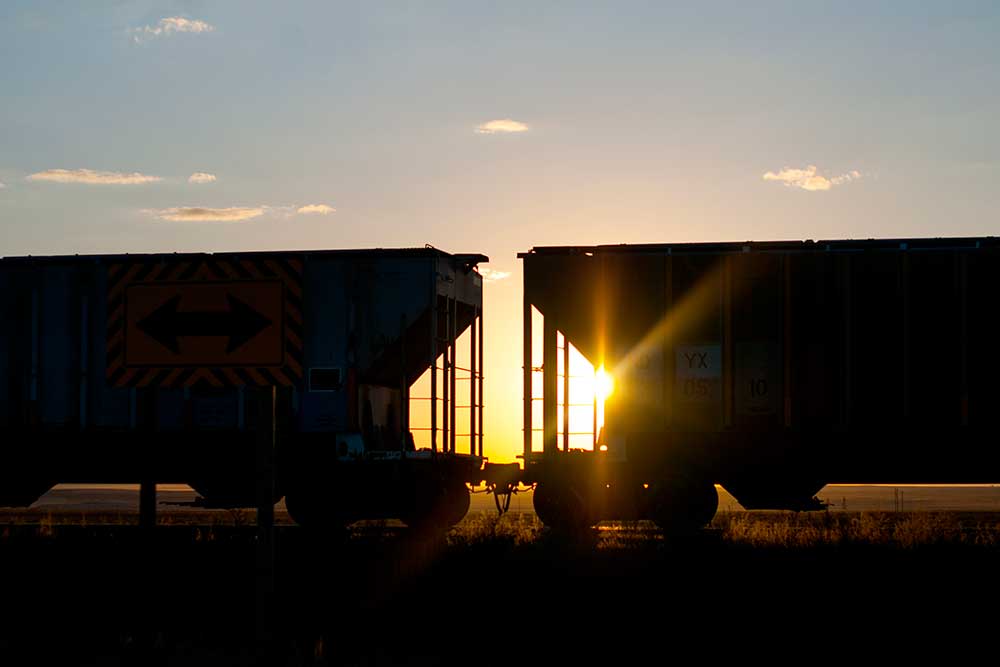Preventative maintenance is key in the rail industry, and addressing conditions before becoming defects is an industry best practice. Corrective maintenance is used to fix these conditions, and it is important to keep your track in a state of good repair. There are basically two methods of track inspection, the first being visual track inspections by a qualified track inspector and the second being automatic track inspections utilizing sensors on either hi-rail or rail-bound vehicles. Track structural defects occur when the structure and support system of the railway tracks, comprising sleepers, joints, fasteners, ballast, and other underlying structures, fail. Track geometry defects arise due to irregularities in the various track geometry measurements.

Track geometry defects can be classified into a few categories based on measurement type. The five most common track geometry measurements are:
Cant: the amount of vertical deviation (in radians) between two flat rails from their designed value
Cross-level: the difference in elevation between the top surfaces of the rails at a single point in a tangent track segment
Gage: the distance between the heads of the inner surface of the rails
Surface: the uniformity of the rail surface measured in short distances along the tread of the rails
Twist: the difference between two cross-level measurements a certain distance apart
By understanding how each type of defect deviates from the norm, one can improve overall track quality.
The Importance of Railroad Track Geometry Analysis
Track geometry analysis is a valuable tool for maintaining and upgrading railroad tracks. By periodically measuring track conditions, railroads can effectively evaluate track quality and ensure that the tracks are safe for the posted speed. Most railroads collect track geometry data from recording vehicles; before Railroad Software’s TrackAsset, there wasn’t a good way to digest this information. Railroads didn’t utilize the data to its full potential. Track geometry contains a wealth of valuable information that can support a range of maintenance and renewal decision-making processes. Data sets are often delivered in paper strip charts and sometimes stored in a standalone system and often are incompatible with other data sets, which makes it difficult to visualize different conditions of data simultaneously. Utilizing a system such as TrackAsset allows users to visualize and understand geometry data and other track defects at the same time, which produces a quicker and better corrective action process.
The Cost of not Analyzing Railroad Track Geometry Data
Track geometry defects and irregularities usually represent the track’s condition and are used to plan maintenance. Over time, usage and age will cause track geometry to degrade and reduce performance and safety. By employing TrackAsset’s historical reports you can assess what percentage of degradation has occurred in a certain period of time. If degradation becomes severe, it can lead to derailment with costly consequences such as railway operation expenses, economic damage, loss of life, and damage to railway assets and the environment.
To avoid these costly consequences, it is important to inspect track geometry regularly and plan for necessary maintenance actions. These actions can include manual intervention, surfacing, aligning, and gauging, to name a few. By taking these measures, we can proactively keep the track in good condition and prevent further deterioration.

Summary
The railway right of way is a complex and ever-changing environment. To keep the rail network running safely and effectively, track inspectors must constantly inspect the tracks and identify areas needing maintenance or renewal.
This is where TrackAsset comes in. We specialize in extracting information from data to help understand the condition of the rail network. By performing the right maintenance at the right time, we can improve safety, reduce the likelihood of derailments, reduce maintenance and capital cost as well as improve the reliability of the rail network. Contact us today to learn more about how we can help you make the most of your track geometry data.





 1 (800) 619.3625
1 (800) 619.3625